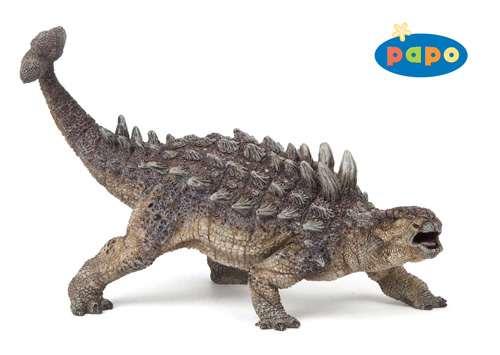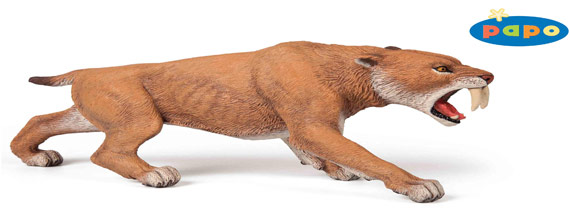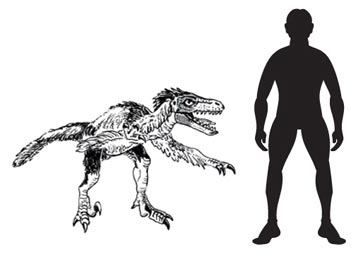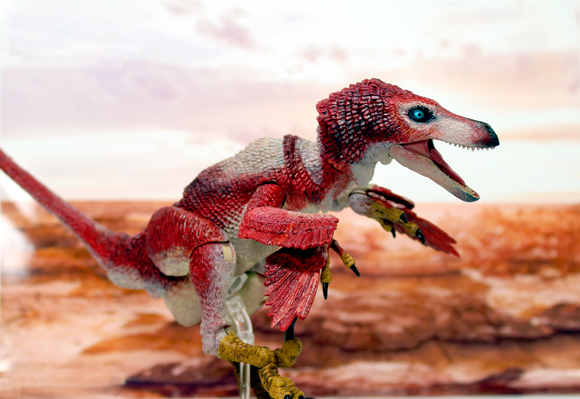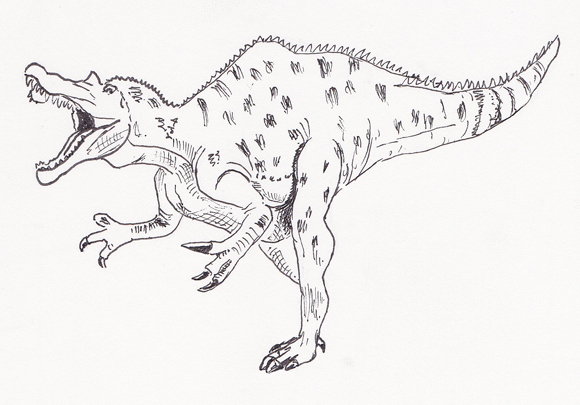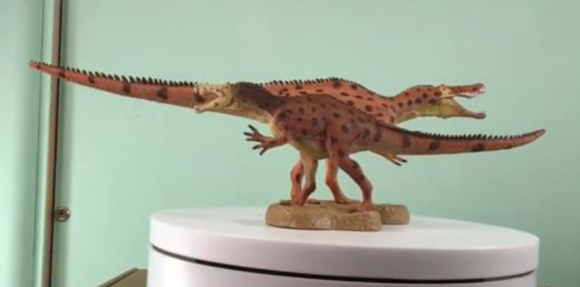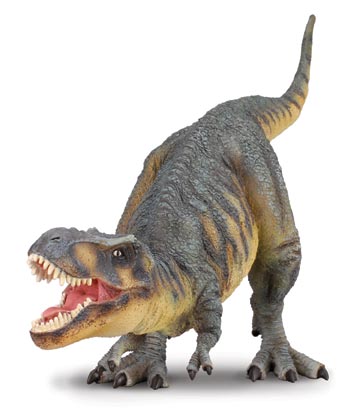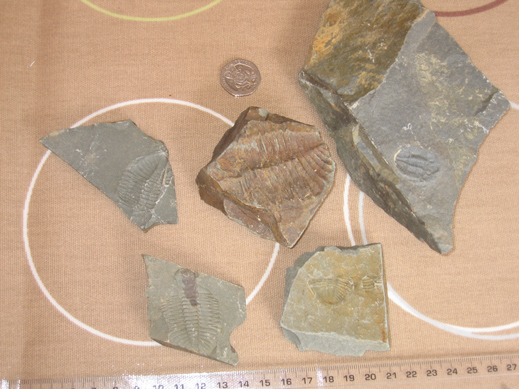New Prehistoric Animal Models from Papo of France
New Model Introductions from Papo in 2011
The pictures of the new prehistoric animal models to be released from Papo of France have been made available to Everything Dinosaur. The models, two Cretaceous herbivores and a new model of a Smilodon (Sabre-toothed cat) are due to shipped across to us in the early Spring. New Papo prehistoric animal models have been announced.
Papo Prehistoric Animal Models
The two new dinosaurs are Styracosaurus and Ankylosaurus. It is very appropriate to have a new horned dinosaur added to the Papo Dinosaurs range, after a Pachyrhinosaurus was added last year. There have been a number of papers published on ceratopsians (horned dinosaurs) and a few months ago the excellent “New Perspectives on Horned Dinosaurs”, came out, a volume that provides details on some of the latest research on these large-bodied, quadrupeds.
The Styracosaurus from Papo of France
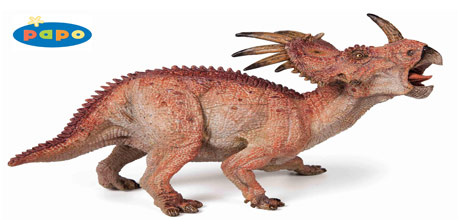
Picture credit: Everything Dinosaur
The model is very bright and colourful, a distinct contrast to other ceratopsian models. The skin texture is very carefully done, although the position of some of the epoccipitals, particularly the pair projecting forwards from the neck shield could be debated. We recommend the Papo Styracosaurus dinosaur model.
Papo Styracosaurus
Interestingly, the model has a row of small spines running the length of the body down to the tip of the short tail. We are not aware of such a feature being preserved in the fossil record, however, we have to confess that we are a little rusty on this particular genus of centrosaurine.
The other new dinosaur model this year from Papo is an Ankylosaurus. This replica is again, very well made and this plant-eating dinosaur is depicted in a threatening stance. The tail club is held high as if to see off the attentions of a patrolling tyrannosaurid. Like all Papo figures in their prehistoric animal model range, the painting and attention to detail is excellent. Once again, we recommend the Papo Ankylosaurus dinosaur model.
The Papo Ankylosaurus
Picture credit: Everything Dinosaur
To view Everything Dinosaur’s range of Papo dinosaur models and figures and other dinosaur toys: Papo Dinosaurs and Prehistoric Animal Models.
The third new model in the “Dinosaures” range is a replica of a Smilodon (Sabre-toothed cat). This model works well with the excellent cave men figures that are already in the Papo series and given the retirements of prehistoric mammal models from other manufacturers it is pleasing to see at least one “furry” introduced,
The Papo Smilodon Figure
Picture credit: Everything Dinosaur
In total, Papo have introduced something like 80 new models and figures, it is very pleasing to see so many new introductions. The range Papo market as “Dinosaures” now contains nineteen models. We remain puzzled as why the entire series is named after dinosaurs as more than a third of the replicas are not actually dinosaurs at all.


